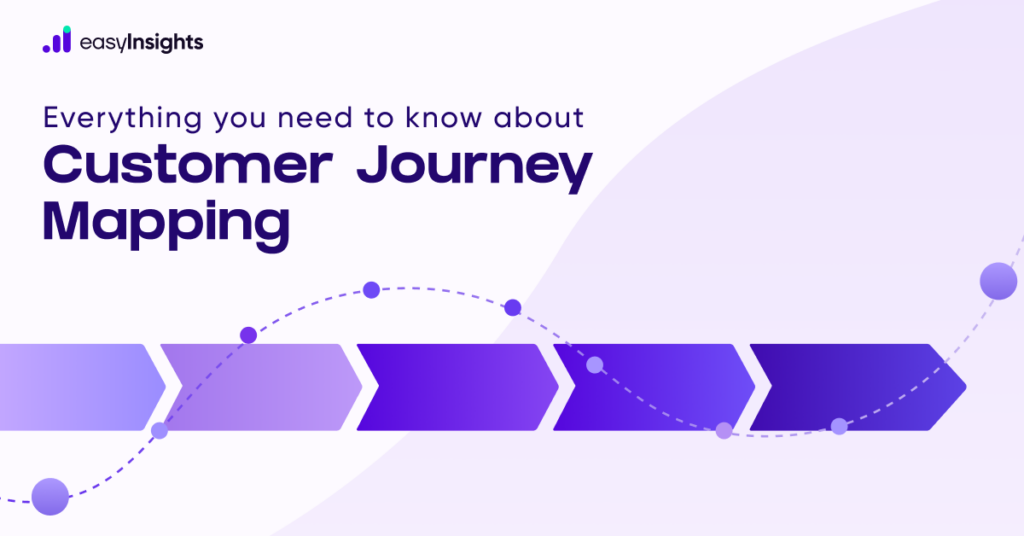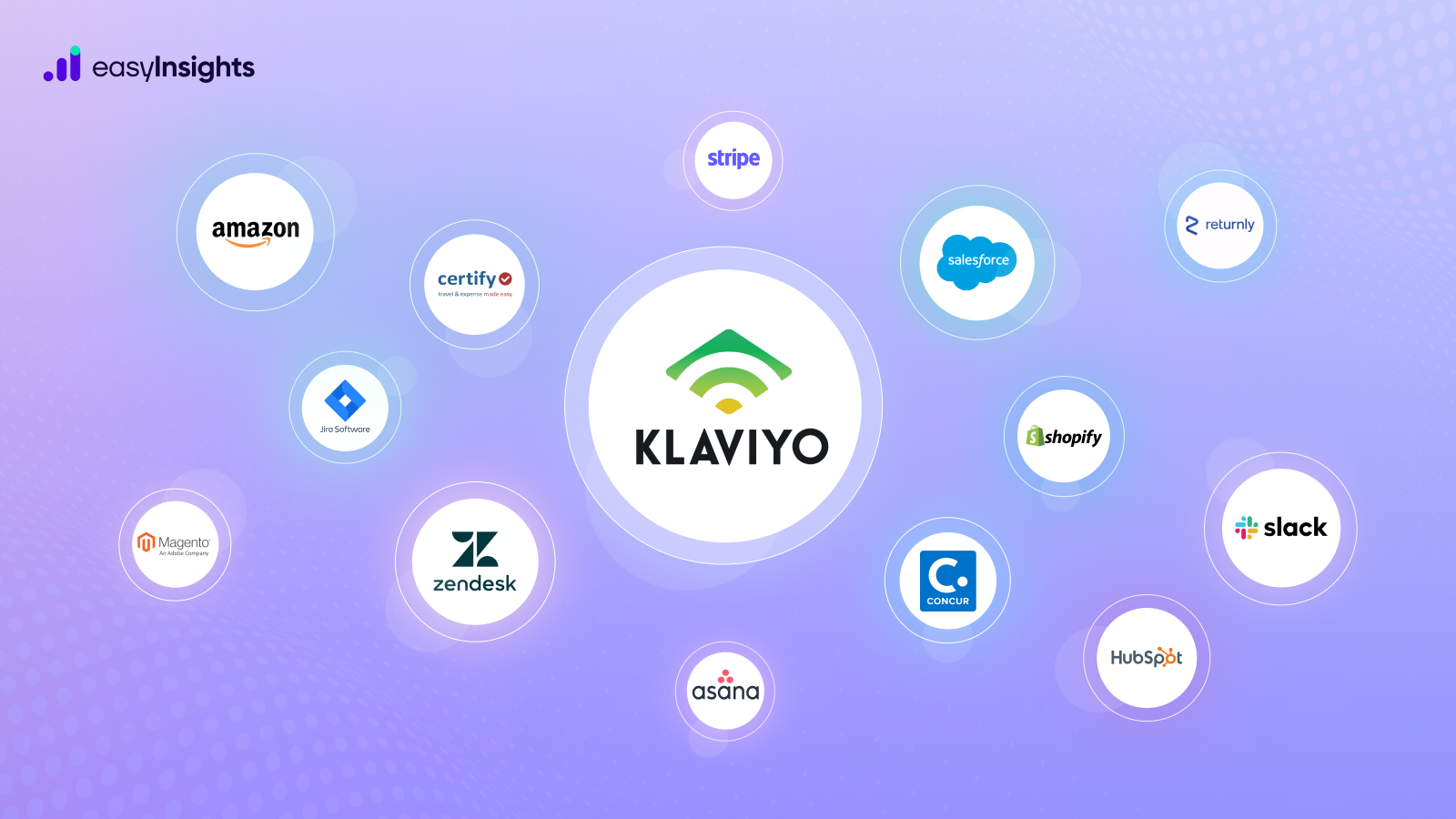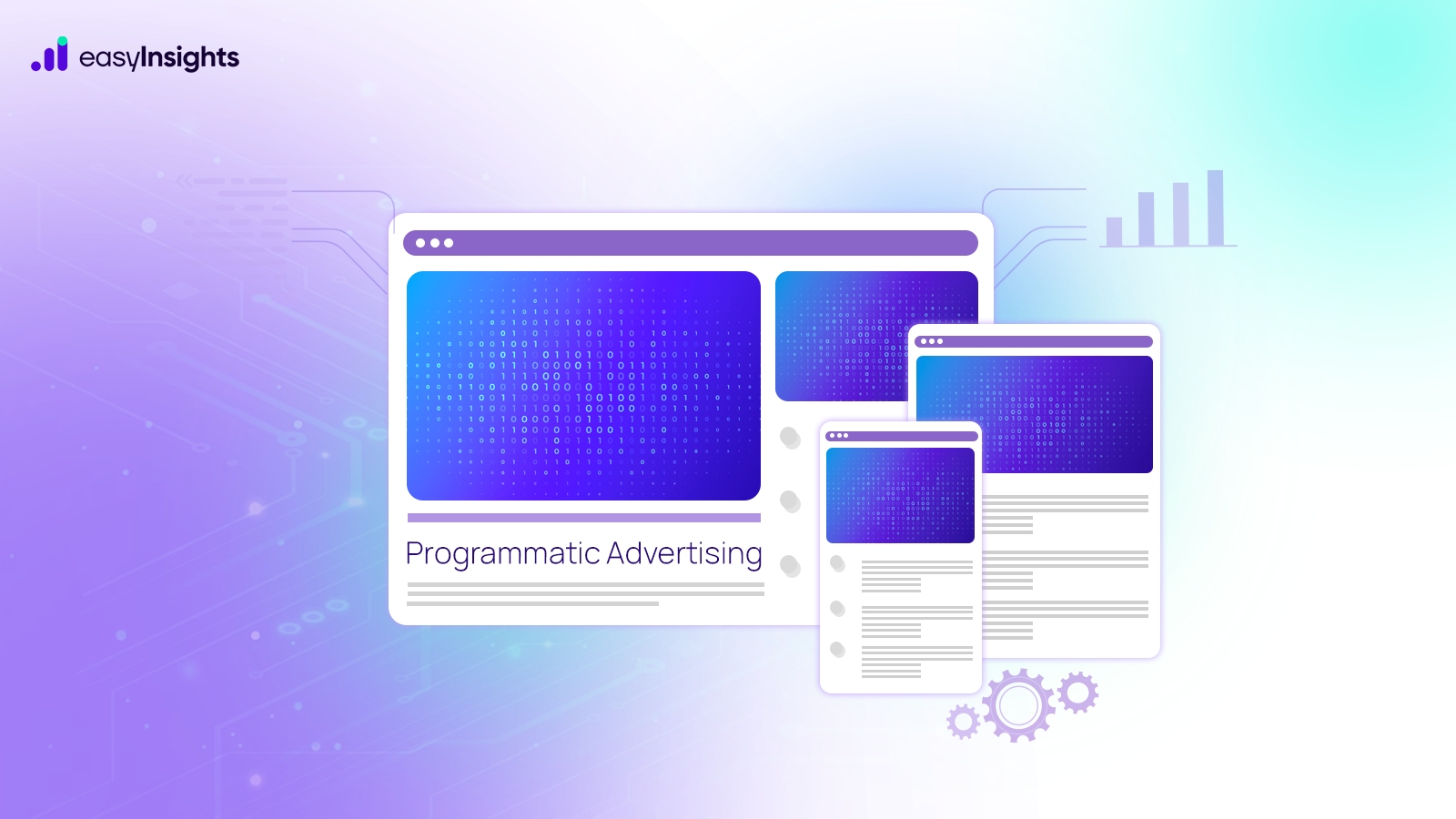
A great customer experience (CX) is a top priority for every business seeking true success in today’s customer-centric market. Walking in their shoes and documenting every interaction a user has with a brand is one of the best ways to get to know your target audience. The customer journey map is useful in this situation. Customer journey mapping can assist marketers in ensuring that they operate in the customer’s best interests and that the customer is truly the center of their actions, not processes or tools. A customer journey map represents the entire customer experience and gives useful insights. This article will discuss everything you need to know about customer journey mapping and help you get started.
Jump ahead to:
What Is Customer Journey Mapping?
A customer journey map is a representation of the entire customer experience. It effectively serves as a visual story that explains every stage of the customer’s interaction with your business, from the first time they engage with you until they make a purchase. A customer journey map is a tool for visualizing the consumer’s perspective of their interactions with your brand. This map is essential because it compels you to consider how clients actually perceive your brand rather than how you imagine they do. You can more effectively meet your consumers’ expectations if you understand them better.
Customer journey mapping is a blend of creativity and knowledge. However, that is only a visual aid. The true job in journey mapping is giving your customers’ experiences a procedure and structure by utilizing all the customer information and data you have at your disposal across your business. A good customer journey map should show how customers find, investigate, choose, interact with, and even promote your products. Outlining all the points of interaction your company has with its target audience is one of the simplest places to begin.
What are the benefits of Customer Journey Mapping?
While creating a customer journey map may require several brainstorming sessions and revisions, the effort is well worth it. Here’s why you should map your customer journey.
Customer Journey Mapping will help you:
- Increase customer experience and retention.
- Reduce the amount of time between each client touchpoint.
- Target particular demographics with a customised strategy.
- Cut back on turnaround and response times
- Make their content marketing strategy unique.
Customer journey mapping will also offer additional benefits, such as:
- Consistency of touchpoints throughout the entire company
- Increased cross- and up-selling opportunity identification
- Personalized and timely communications
- greater understanding of the target audience
- Improved and more solid relationships with customers
Creating a map of your client’s customer journey is a useful activity for attracting new customers and keeping existing ones.
Creating a Customer Journey Map
Establish clear goals & target personas
Start by defining your objectives or what exactly this is about. We advise developing customer personas to represent your target customers based on your customer journey mapping goals. Establishing distinct personas gives you a foundation to guide every step of the client journey, enhancing your digital experience and increasing lead conversions.
Define the expectations of your Target Audience
Researching the needs of your target audience is the best method to comprehend their journey. We advise using surveys, questionnaires, and user testing to gather customer feedback. It’s crucial to contact confirmed customers or possible sales leads only if you want feedback from people who have connected with your business and are truly interested in purchasing.
Identify Customer Touch Points
Touchpoints are any channel, medium or source where a user is getting in touch with your website. Do some research and list every touchpoint your clients and prospects currently use. Also, list any touchpoints you think they should be engaging with. This provides you with information about the behaviors of your clients. One method for understanding the efficiency and goals of customer journeys is an understanding of the customer touchpoints.
Keep in mind that your consumer touchpoints are not just your website. You should determine all the potential online channels your clients may find you, such as social media, paid ads, email marketing, and independent review sites. Additionally, focus on the touchpoints most frequently used and likely to lead to a sale. If your customers are having problems using your digital touchpoints, you won’t be able to convert sales leads. Once you have a thorough list, you should also determine the behaviors, emotions, and problems connected to each touchpoint in your client’s journey.
Make sure you include the following customer touchpoints :
- Customer Actions – Create a list of all the things your clients do when they interact with your brand. This may be someone clicking on one of your emails or conducting a Google search for your keywords.
- Customer emotions and motivations – Emotions drive every decision and action your customers make. In most cases, an issue or a pain point is what motivates each of your customers’ activities emotionally. This will enable you to deliver the appropriate material at the appropriate time, facilitating the customer’s emotional journey through your brand.
- Customer Pain Points & Obstacles – Discover the obstacles preventing your customer from doing the desired action. You may reduce these possible obstacles in your customer’s journey by highlighting them.
Determining Resources and Mapping Styles
Analyze your current and future resource needs. Your customer journey map will cover almost all aspects of your organization. This will demonstrate how many resources are used to develop the client experience. So it’s crucial to assess the resources you already have and those you’ll need to improve the client experience.
You must also decide which precise components your map should have. You can use one of different types of customer journey maps: Current State, Future State, Strategic Situation, Tactical situation, and Persona based. Choose which map to use depending on the precise goals for your customer journey mapping.
Test the customer journey.
The results analysis is the most crucial stage of the customer journey mapping process. Follow your personas’ journeys by observing their web searches, emails, and social media posts. You can identify unmet needs in your customer journey by analyzing the findings. By concentrating on your outcomes, you can guarantee that you are offering a beneficial client experience and making it clear and simple for customers to locate solutions to their issues. To make sure that all consumer needs and pain areas are handled at some point during your customer journey, we advise merging your data analytics with customer input.
Make any required adjustments
Your data analysis should help you understand how your client journey should be structured now that you have tested your map. To achieve your goals and enhance the customer experience, evaluate your experience and make adjustments to your website.
What are the Best Tools to Map Customer Journey?
Tools for customer mapping can assist you in managing several brand accounts. Here are a few customer mapping tools that you can consider.
1. UXPressia
The customer journey mapping that is produced with this online application has a clean, straightforward layout. If you have a diverse clientele, UXPressia also provides persona templates for other businesses, which might save you some time.
2. Powerpoint / Google Slides
Consider using these tools to develop customer journey maps if you want to keep things simple and avoid getting overwhelmed by using too many platforms. It’s comparatively easy to create a very attractive customer journey map because to the variety of elements, shapes, and artwork available.
3. Adobe InDesign
InDesign is a great option for your customer journey mapping if your company already uses Adobe Creative Suite. If you have a dedicated in-house graphic design staff that can help with the creation of a more complex customer journey map, this is a fantastic alternative. There are a lot of options in Indesign, from using unique shapes to using customizable colors.
4. Gliffy
With click-and-grab components, you can create a customer journey map that resembles a more complex flow chart using this cool online tool. This might be useful if you have clients with more complicated sales funnels or layers to fill in.
Final words
While customer journey maps are useful for seeing new opportunities, they also enable businesses to immediately pinpoint areas for process or communication optimization and/or automation based on the data. It is essential to consider the main data you will gather along the journey when creating your customer journey maps and how that data will help you make better decisions.
In other words, the crucial data and analytics you intend to gather and assess at each stage of your customer journey should always be included in your customer journey map. Businesses can better understand how customers navigate between touchpoints and how to optimise the customer journey and experience by carefully examining customer journey data. We hope this article was helpful in understanding Customer journey mapping and you are now confident of getting started.












